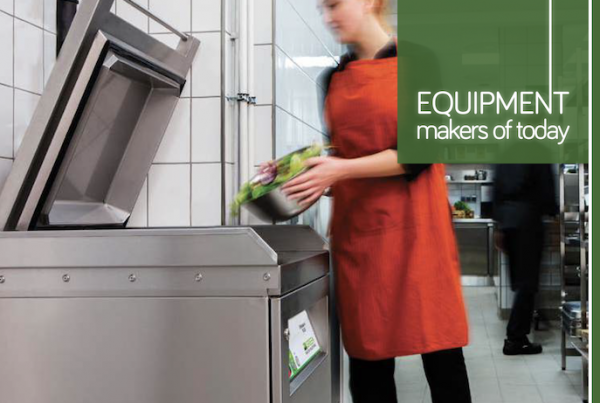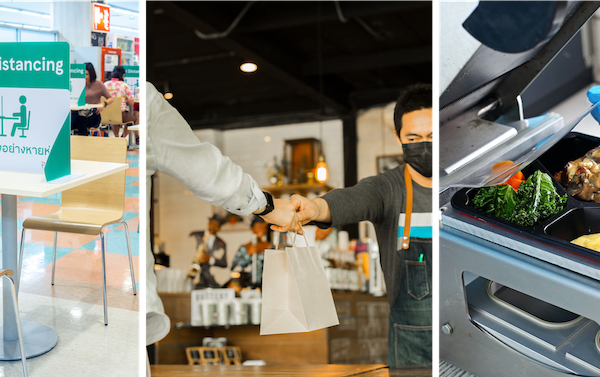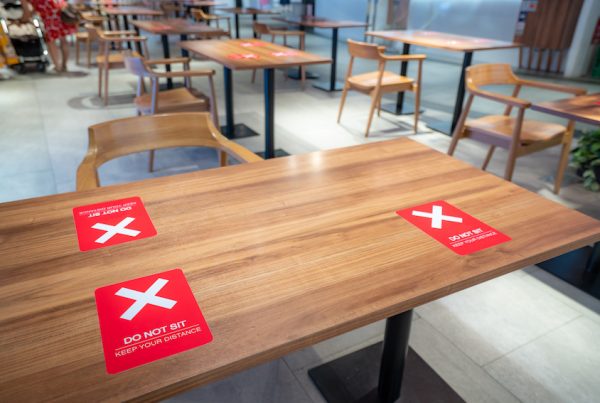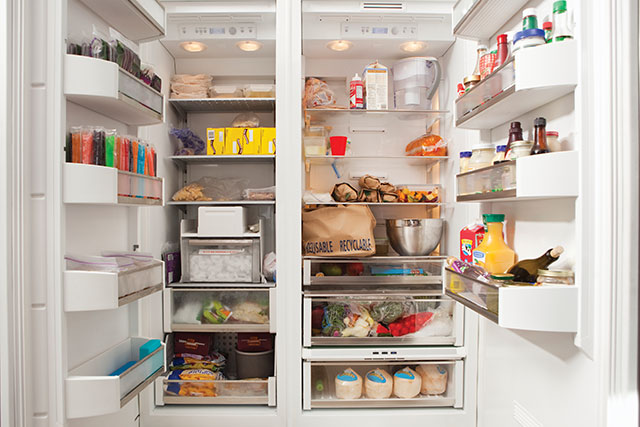
In an episode of “Kitchen Nightmares”, Chef Gordon Ramsay was in disbelief at the sight of chunks of almost unrecogniseable meats and unwrapped roasted meat all simply tossed in the freezer. In the fridge was an uncovered cake in the midst of other fresh and raw items. Although it seemed overdramatised but cross-contamination in storage is serious matter. It is defined as disease-causing microorganisms that were transferred from one food or surface to another through utensils or hands. Cross-contamination tend to happen in cooking especially when restaurants buy in bulk to save cost on transport, ingredients, utilities and labour. Therefore we have to look at each point of storage from purchase to serving.
BUYING PRODUCE
Admittedly, regulations in preventing crosscontamination during delivery is not enforced everywhere but the least you can do is ensure that your supplier has some form of insulation when transporting raw produce, pre-cut items or ready-to-eat food. Of course, if you shop for your own produce, an ideal solution would be having a temperature controlled refrigerated truck, otherwise think about insulated boxes if you will be out longer than usual. During purchase, ensure that raw food is double bagged to prevent leaking that can contaminate fruits, vegetables and dry goods.
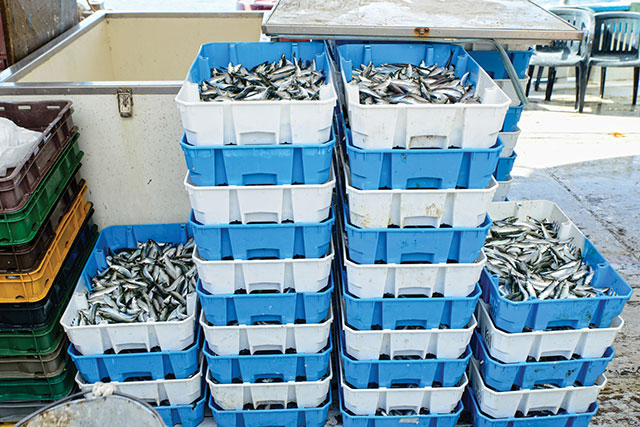
AT THE RECEIVING DOCK
Someone with the experience of understanding how produce should look and feel like in its best condition must be assigned to receive items as they come in. The receiving dock is ideally located near the loading bay. It must have enough space and impeccable hygiene to enable staff to carry out thorough inspection. A table with a sink is recommended so that product has a landing space for inspection and rinsing for further checking, if necessary. Do not skimp on a thermometer as you want to know that the product was kept at the optimum temperature. An air door is also helpful to keep out pest and to control climate; not forgetting a waste disposal area to easily throw away packaging materials neatly.
You need to transfer items in cardboard boxes because there is a possibility of the cartons having come into contact with bacteria, mould or pest. They should be moved into clear, sanitised containers before being placed into the chiller or freezers accordingly to stop the growth of harmful bacteria. This process should be completed in 15 minutes.
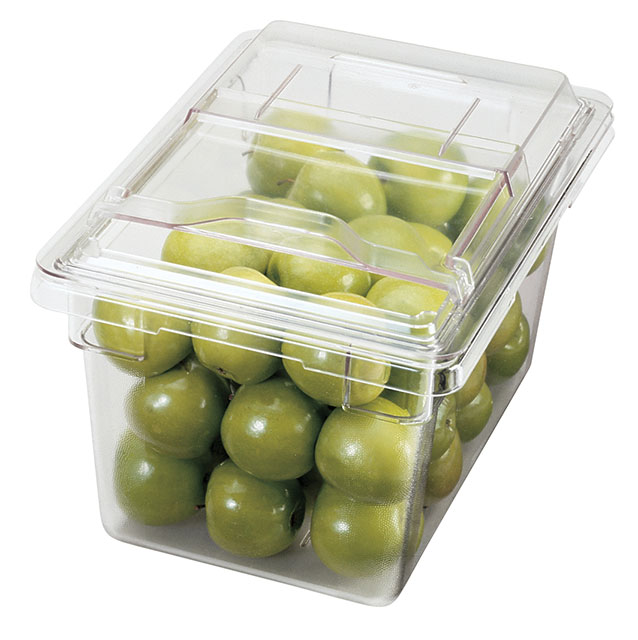
CAMBRO Storage Solutions Food Box with SlidingLid™
• Virtually unbreakable polycarbonate
• Easy sliding lid to the back for easy access
• Eliminates a point of cross contamination when lid is not placed on a potentially dirty surface
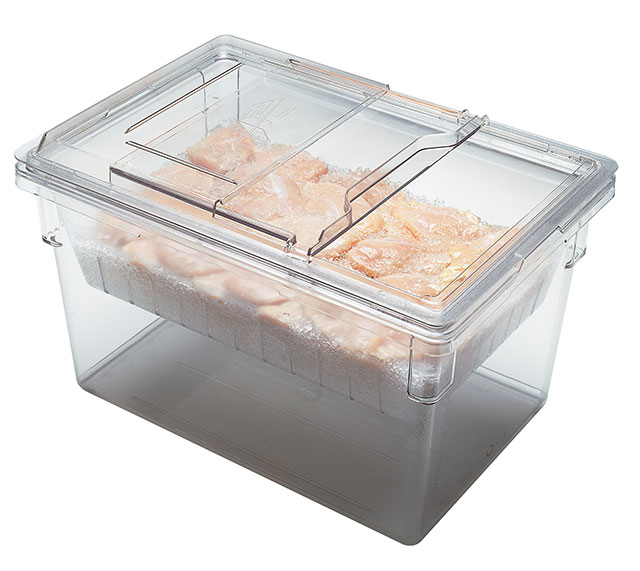
ColanderKits™
• Suitable for produce, meats and seafood
• Liquids and juices drip into the food box – ideal for thawing
• Generous clearance ensures food do not come into contact with liquids
www.cambro.com
STORAGE SEGMENTS
Dry Products
This category comprises grains, flour, rice, dried fruits, canned and bottled items. Dried food can also suffer from cross contamination if water or humidity gets into the storage space as the moisture encourages bacteria to breed. The problem is made worse if goods are left on the floor, an open invite for pests to have a feast. Like inspecting fresh produce, it must be done here as well. If you see blown (bulging) tins, it is due to bacteria growing on the food or the food attacking its tin-plate. Do not accept the tins as contents may cause food-poisoning. However, dented tins are still acceptable but must be used quickly as they will rust and a rusty tin eventually punctures. A good dry store should be fitted with shelves at least 6 inches off the floor; especially if you store commodities in sacks. You can also transfer them into bins otherwise always check that the sack has no holes in it and is always sealed up after use.
www.italmodular.com
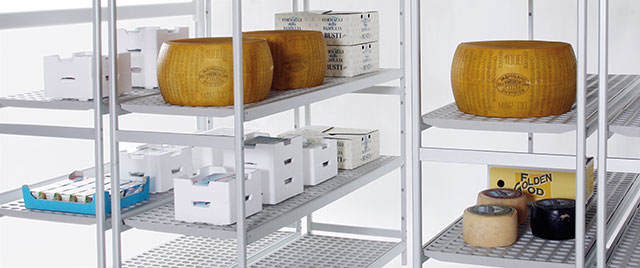
Cold Area
Usually custom-built in large kitchens, a cold room has dif ferent segments configurated with temperatures suitable for categories of food. A chill temperature for fruits, desserts, vegetables, and dairy products, compartment for meats, poultry, game and certain canned foods and a deep-frozen cabinet. For smaller establishments, a refrigerator and freezer should be adequate. Keep raw produce on shelves according to cooking temperature it needs; from low to high thus fish is highest and chicken the lowest, for example. Items that are delivered in a frozen state must be kept immediately in a freezer at -2°C. It is acceptable to store meats that you will be using very soon or cooked meat in the same refrigerator if they are wrapped and stored below the ready-to-eat items.
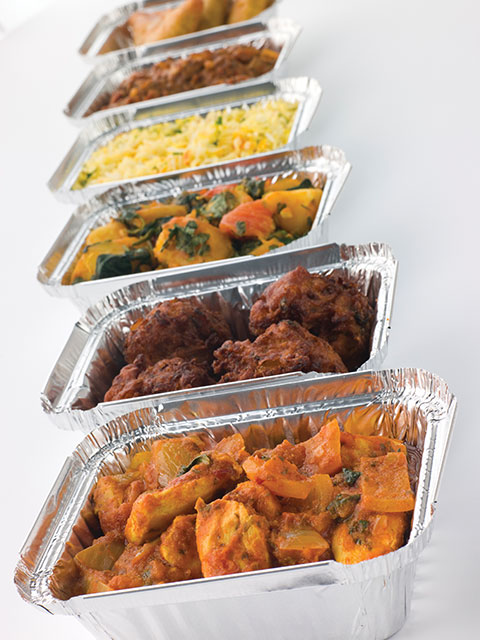
COOKING
How do you ensure that cooked food maintains its integrity; from the naked eye, on the palate and most importantly from contamination? To minimise risk of food spoilage, cooked food should be chilled down to 3°C within 1.5 hours. Chilled food should only be stored for a maximum of 5 days as slow growth of spoilage organisms do take place at these temperatures which is between 0°C and 3°C. Distribution from pans to containers is crucial, if the temperature exceeds 5°C during distribution, food must be consumed within 12 hours. In such cases, a kitchen will face surplus of food as food from the previous cycle should be served on schedule but this temperature- affected batch cannot be kept either. Note that a regular refrigerator is not sufficient for cook-chill practices and you need a blast chiller.
For longer holding time, blast/shock freezing is becoming popular especially in catering operations as cooked food can be held for up to 120 days compared to the 5 days of cookchill. After food is divided, immediately freeze to at least -5°C and then place into deep freeze
store at -18°C. Operators can take advantage of discounts in bulk buying, saving utility bills as machines only operate a certain period, have better portion control and less staffing problems. It also allows long-term planning of menus as it is less dependent on price fluctuations of produce.
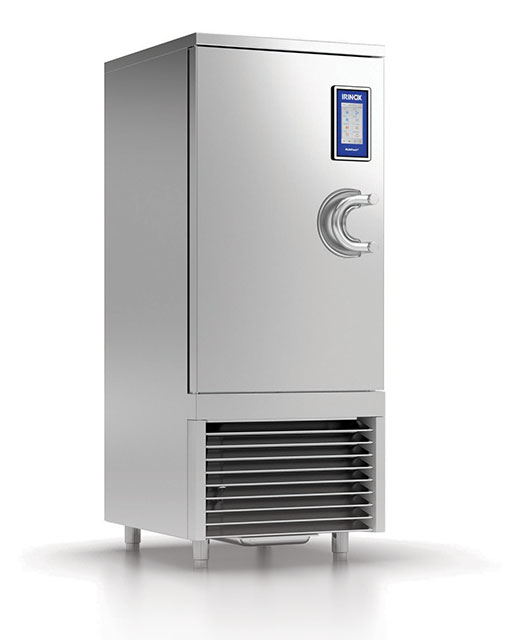
Irinox MultiFresh Blast Chiller
• Runs operating cycles with temperatures +85°C to -40°C.
• Blast chill, shock freeze, thaw, regenerate, pasteurise, prove and carry out low temperature cooking.
• Ideal cold curve for each item whether blast chill or shock freeze to maintain individual item integrity.
• MyA Touch Screen inter face with easy function indication and allocation to customise cycles
www.irinoxprofessional.com
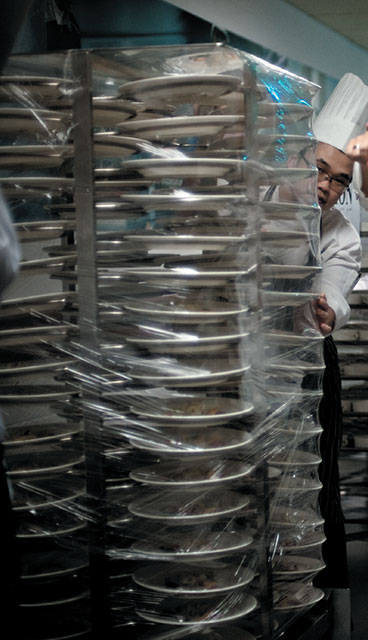
Service Time
If food is meant for individual servings, they can be chilled in metal, ceramic or disposable containers. After being reheated, they must be kept hot particularly in facilities operating on delivery basis. Hot holding cabinets keep food warm without drying it out. Moveable cold holding cabinets are used to keep the palatability of food to be eaten cold or raw; and can be used to store raw produce for off-site cooking like grilled food at banquets. Food can also be plated and chilled before service, especially in banquet settings. To further protect against cross-contamination, it is recommended that surface of plates be sanitised with water temperature of 71°C.
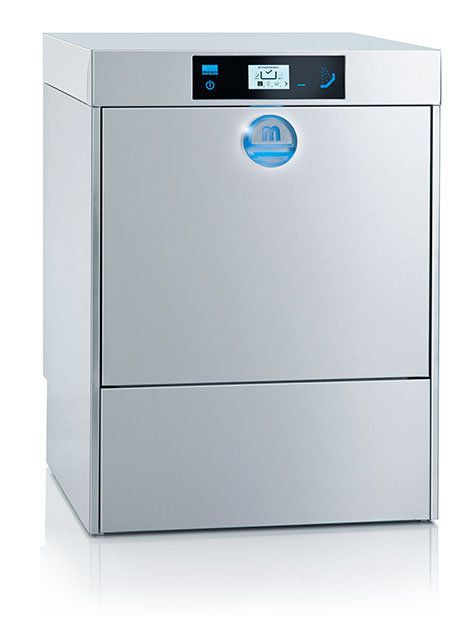
MEIKO M-iClean Dishwasher
Meiko’s Southeast Asia Regional Manager, Rudolf Kitzbichler shared that this is part of the Global HACCP Plan to sanitise all food service utensils, equipment and food production areas. Usually practiced in in-flight catering, he added that foodservice facilities around the
Asian region are beginning to take note that safe storage on serving plates can round up its comprehensive steps against cross-contamination. He adds that MEIKO’s dish washing machines’ wash program is designed to run until the tank temperature reaches 71°C and continues to run at this temperature level for 10 seconds.
Surely no establishment wants to be apprehended for crosscontamination. At every point that ingredients pass through for storage, it is critical for staff to comprehend storage regulations; and with the use of relevant equipment, crosscontamination is an issue you can worry less about.
References:
Kinton, R, Caserani, V. The Theory of Catering, Sixth Edition (1989)
http://nfsmi.org/documentlibraryfiles/PDF/20080212033456.pdf
http://nutrition.dadeschools.net/procedures/H-14.pdf
http://escoffier.com/index.php/restaurant-design/24-receiving-in-yourrestaurant-good-advice
http://postharvest.ucdavis.edu/files/93616.pdf







